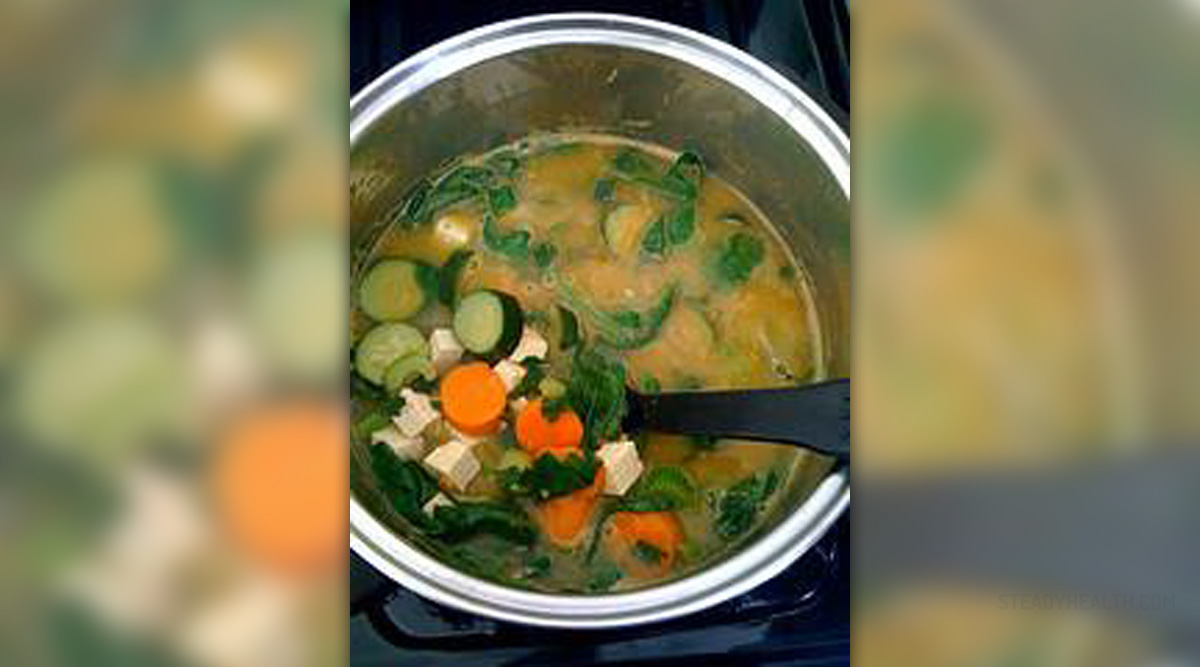
The gallbladder is a sac-shaped organ which has the function of storing bile made by the liver. The storing is performed between meals. After consuming food, the gallbladder releases stored bile into the small intestine. Bile plays a vital role in the process of digestion of fat and once it is in the intestine, it gets mixed with food and fat. After gallbladder removal surgery, bile is no longer stored and it flows freely into the intestine after being produced by the liver. Even though there is not as much bile as there used to be before the gallbladder was removed, the food and fat are still mixed with bile. A person whose gallbladder was removed does not need to worry too much about the intake of fat.
Gallbladder Removal ProcedureA surgical removal of the gallbladder is medically called cholecystectomy. The gallbladder is located in the upper-right part of the abdomen and its main purpose is to store bile. Cholesterol, bile salts and waste products are all used when bile is being created. The proper balance of these three substances is essential because gallstones can form if this is not achieved. Gallstones do not always cause symptoms and that is why they often remain undiagnosed until they move from the gallbladder or trigger its inflammation. Once the previously mentioned occurs, patients develop symptoms like abdominal pain, fever, jaundice, vomiting and nausea.
There is more than one type of cholecystectomy. Medical experts have come up with two main types of gallbladder surgery called laparoscopic or keyhole cholecystectomy and open cholecystectomy. The first type is used in the majority of cases. This procedure consists of using a tiny camera and certain surgical instruments which are inserted into the abdomen of a patient through small incisions. On the other hand, open cholecystectomy means that the gallbladder will be removed through a large cut in the abdomen. Unlike the keyhole procedure, this surgery requires that a patient remains in the hospital for a certain period of time and needs more time to recover. However, nowadays open surgeries are not being performed as often as they used to.
As is the case with almost all other types of surgery, there are certain complications which may occur when cholecystectomy is performed. Still, there is only 5% chance that complications will occur. There is a variety of complications which may occur during or after this surgical procedure and some of the most reported ones are bleeding, infections, bile leakage, injury to the bile duct, intestine, bowel and blood vessels and deep vein thrombosis. In addition, there is always the risk associated with general anesthetic. Gallbladder removal recovery is a fairly speedy process. Quite often patients leave the hospital on the same day they had surgery. Feeling sick, experiencing pain in the abdomen and shoulders or suffering from diarrhea are some of the usual side effects that patients may experience after the surgery. However, there are certain other side effects which do not occur as often but are still possible. For instance, a person may experience increased wind or gas, indigestion and feel bloated after meals. Most side effects are transient and patients soon restore normal bowel movement and start digesting food without additional problems. Still, the removal of the gallbladder is a reason why a person should pay more attention to what he/she eats.
Diet After Gallbladder SurgeryAfter going through gallbladder surgery there are a lot of people who wonder whether it is important to make some changes in their diet. The majority of them are able to resume following a healthy and well-balanced diet after gallbladder removal. However, if the patient experiences any side effects, he or she should make certain changes in their diet. This is especially important when diarrhea is the problem. Diarrhea is a side effect that occurs most often, affecting more than 10% of all patients. In case of repeated and recurrent diarrhea, the doctor advises patients to introduce more foods which are high in fiber into their diet. Foods high in fiber are, for example, brown rice and whole meal bread. Such foods are highly efficient in making the stool more firm. Apart from this, it is essential for a person to abstain from all the foods which can make diarrhea worse such as dairy products, spicy food and especially fatty foods. Furthermore, a person needs to avoid drinking beverages which contain caffeine such as coffee and tea. Caffeine is known to increase bowel movements, hence it will only make matters worse. All in all, dietary changes may be of major importance especially if patients experience digestive side effects after cholecystectomy. The best thing a patient can do is to consult a well experienced dietician who will create an individual diet most suitable to patient's needs and adapted to health issues he/she has to deal with on regular basis.




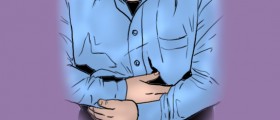
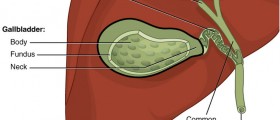
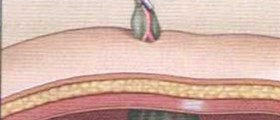
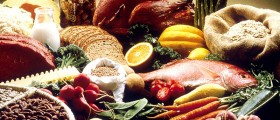
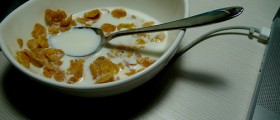



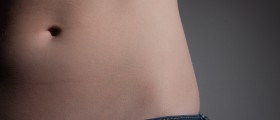


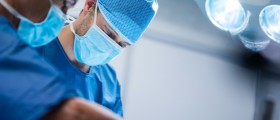
Your thoughts on this
Loading...